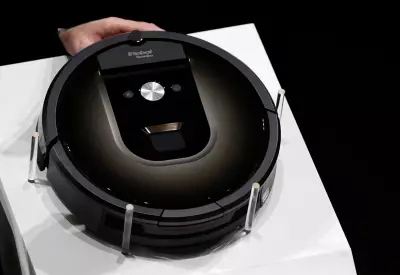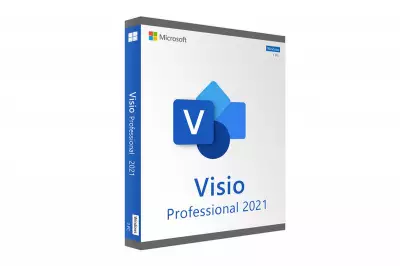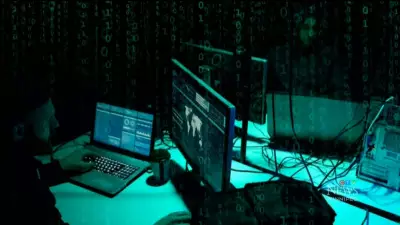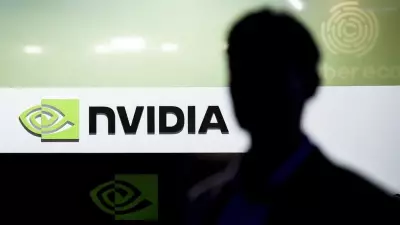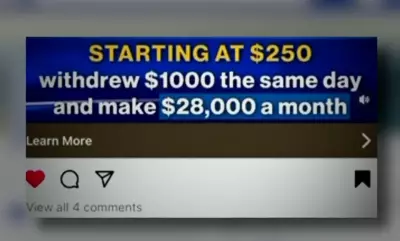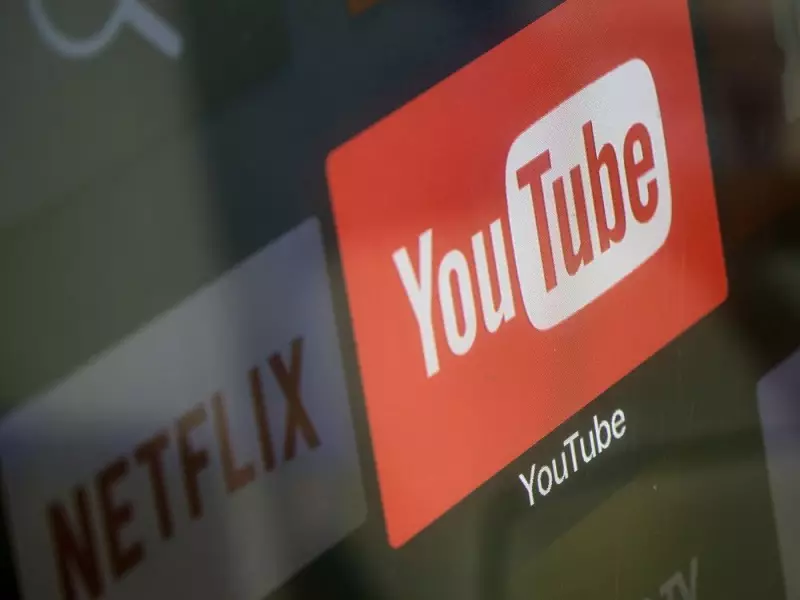
YouTube is taking video quality to unprecedented heights with a revolutionary artificial intelligence system that can transform grainy, low-resolution footage into stunning high-definition content. This groundbreaking technology represents a quantum leap in how we experience digital video.
The Magic Behind the Pixels
At the heart of this innovation lies an advanced neural network that analyzes pixel patterns and intelligently reconstructs missing visual information. Unlike traditional upscaling methods that simply stretch pixels, YouTube's AI actually understands the content of each frame, allowing it to recreate details that were never captured in the original recording.
How It Works: The Technical Marvel
The system employs sophisticated machine learning algorithms trained on millions of video examples. When processing low-quality footage, the AI:
- Analyzes frame-by-frame content and motion patterns
- Predicts and generates missing high-frequency details
- Maintains temporal consistency across sequences
- Preserves the original artistic intent while enhancing clarity
What This Means for Content Creators and Viewers
This technology could be a game-changer for archival content and historical footage. Imagine watching classic music videos, historical documentaries, or early YouTube content with the crisp clarity of modern 4K resolution. The implications for content preservation are enormous.
"We're essentially giving old content a new lease on life," explains a video technology expert. "Footage that was once considered too low-quality for modern displays can now be enjoyed in stunning detail."
The Future of Video Enhancement
While the technology is still in development, early demonstrations show remarkable results. The AI can effectively reduce compression artifacts, eliminate noise, and sharpen edges while maintaining natural-looking results. This could eventually make standard definition content virtually indistinguishable from native high-definition recordings.
As YouTube continues to refine this technology, we're looking at a future where video quality limitations become a thing of the past. Whether you're watching vintage content or modern recordings, the line between original quality and AI-enhanced perfection is becoming increasingly blurred.

